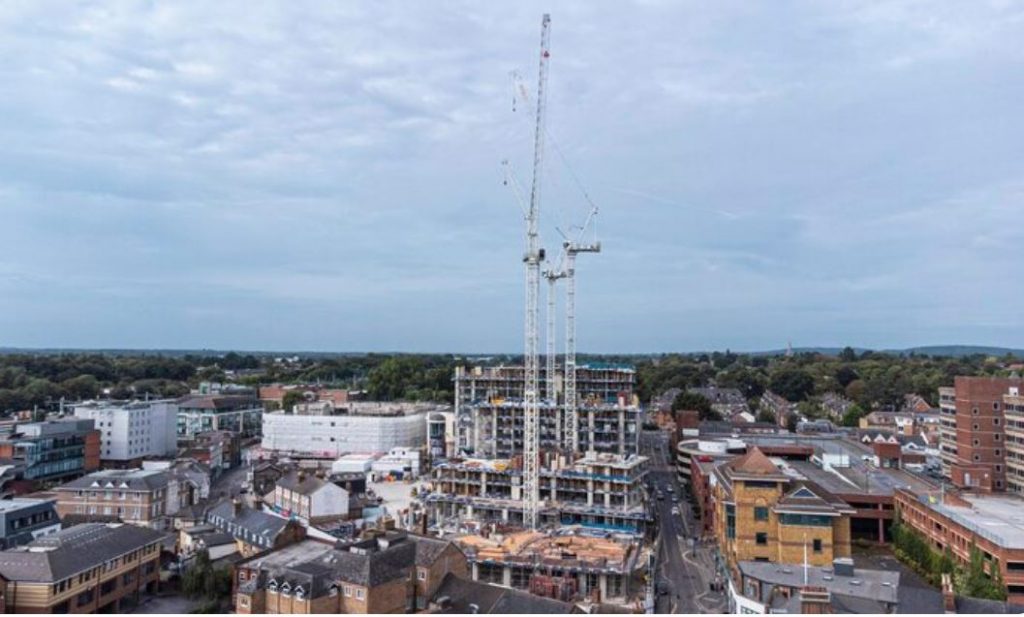
The emergence of UK cities as test sites for 5G and fiber networks was more of a multi-layered performance of technological ambition, academic inventiveness, and business audacity than it was a dry exercise in telecom policy. Cities like Liverpool, London, and Bristol turned into rehearsal spaces where concepts were tried, honed, and eventually scaled up, much like a West End rehearsal before a world tour. As a result of the government’s 2017 program, the initiative promoted private investment and provided public seed capital, resulting in a highly effective framework that shared risk and significantly increased ambition.
Liverpool’s contribution was especially noteworthy. By building the nation’s largest millimeter-wave mesh network, it made it possible to monitor patients remotely on a large scale, relieving hospital pressure and improving access to and personalization of healthcare. The trial demonstrated how necessity speeds up adoption, mirroring how digital consultations became remarkably effective during the pandemic. Locals characterized the experience as life-changing, demonstrating that improved connectivity was about more than just speed—it was about quality of life.
| Category | Details |
|---|---|
| Government Programme | 5G Testbeds and Trials Programme, launched in 2017 to accelerate innovation |
| University Involvement | University of Surrey, King’s College London, University of Bristol pioneered research |
| Flagship Cities | Liverpool (healthcare), London (drones & creative tech), Bristol (Smart Internet Lab) |
| Primary Use Cases | Remote monitoring, autonomous vehicles, AR in factories, smart transport systems |
| Funding Scale | £200m public funding, matched with industry and local authority contributions |
| Network Operators | EE, Vodafone, O2, Three rolled out commercial networks from 2019 onwards |
| Cultural Highlights | First 5G music lesson linking London and Bristol, symbolizing creativity via tech |
| Economic Impact | Boosted innovation, exports, and competitive advantage in telecom markets |
| Supply Chain Strategy | Promoted Open RAN vendors to diversify and secure telecom infrastructure |
Bristol’s Smart Internet Lab performed a 5G-enabled remote music lesson that connected musicians in various cities, showcasing both technical prowess and cultural symbolism. It demonstrated how ultra-low latency could collapse distance and was more than just a technical trick. As global artists like Ed Sheeran rely on digital platforms to connect audiences and collaborators across continents, the demonstration’s message was remarkably clear: technology could facilitate new kinds of creative collaboration.
London’s struggles were a reflection of its standing as a major commercial and cultural center of the world. The capital turned into a test ground for particularly inventive applications, such as drones and remote instruction, providing hints about how everyday life might change. Researchers brought attention to the expanding gap between digital oversight and urban safety by incorporating drones into controlled environments, igniting discussions that felt remarkably similar to those surrounding social media surveillance.
Another layer was added in the West Midlands, where buses relayed CCTV footage back to control centers and ambulances sent real-time patient data. These applications were based on immediate societal benefits, even though they sounded futuristic. More than just a technological advancement, a 5G-enabled ambulance that allows hospital personnel to get ready before arrival is a remarkably dependable link between emergency response and patient care. These projects demonstrated how strategic partnerships could be especially helpful in addressing actual civic needs by working with local authorities.
Industry support was crucial. The foundation established in these testbeds allowed EE, Vodafone, O2, and Three to launch their first networks in 2019 with trials much quicker than expected. The commercial launch was compared to the arrival of a headlining act following a warm-up tour, with the audience prepared, the infrastructure tested, and the performance honed. However, the UK stood out for emphasizing supply chain diversification. The strategy, which reduced reliance on single suppliers and provided opportunities for domestic innovators, was remarkably resilient due to its promotion of Open RAN vendors and testing of alternative equipment.
These trials had societal and cultural repercussions that went far beyond telecom. Similar to how mechanization changed rural economies in the 20th century, autonomous tractors tested in agricultural environments showed that connectivity could change rural economies as well. Augmented reality helped engineers in manufacturing maintain equipment, streamline processes, and free up human talent for more complex problem solving. These illustrations demonstrated how highly adaptable digital infrastructure can be, integrating itself into fields that are frequently thought of as being resistant to change.
But skepticism was always present. Similar to the opposition encountered when railways first sliced through farmland centuries ago, worries about health hazards, invasive surveillance, and organizing conflicts for mast installation persisted. However, the public’s dependence on digital services during the pandemic strengthened the argument for strong infrastructure, reducing resistance and redefining 5G as a need rather than a novel idea.
A surprising but telling parallel can also be found in celebrity culture. The UK’s early commitment to 5G testbeds signaled its determination to remain a leader in digital transformation, much like David Beckham’s move to LA Galaxy represented a change in the global dynamics of football. Networks tested in these same cities support cultural exports, such as Adele’s concerts and the streaming of international runway shows by British fashion houses. Here, technology serves as the platform for projecting cultural relevance rather than being an abstract infrastructure.
The difficulties of striking a balance between adoption and ambition were also made clear by the trials. The “chicken and egg” problem faced by mobile operators was that without investment, compelling use cases could not be demonstrated, but investment seemed risky without clear use cases. However, by setting up actual testbeds in well-known urban environments, the UK avoided hesitancy and produced incredibly convincing and unambiguous evidence. It demonstrated how adoption naturally quickens when cities turn into testing grounds.
These testbeds’ legacy is now evident in day-to-day activities. Faster mobile streaming is only one aspect of a larger change in the way manufacturing, healthcare, transportation, and culture operate. 5G and fiber are becoming invisible but essential, much like electricity or railroads, allowing for systems that are much faster, more efficient, and remarkably effective at solving issues that were once thought to be intractable.
